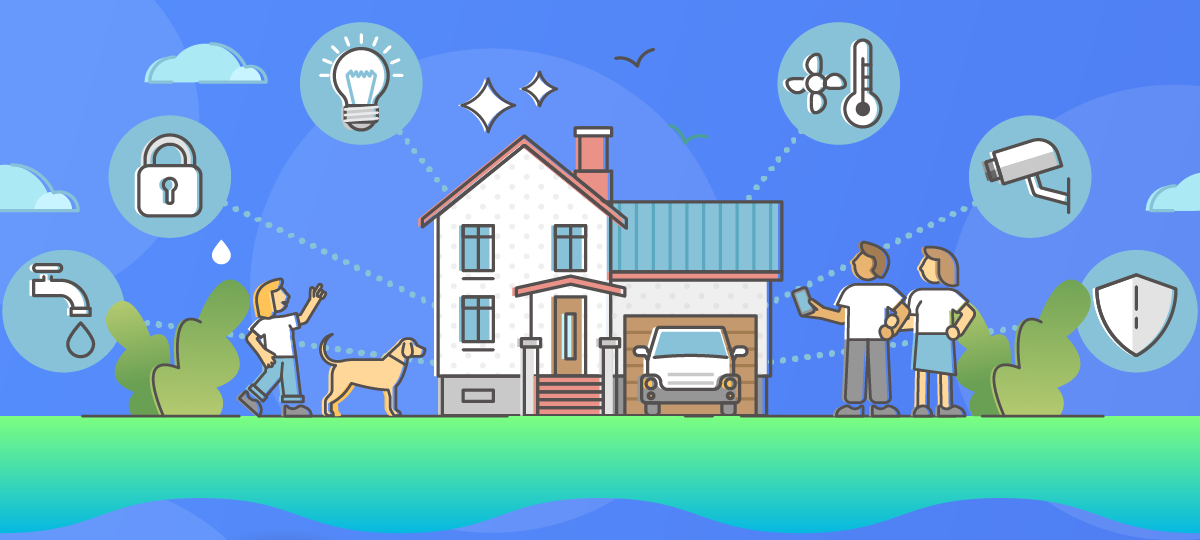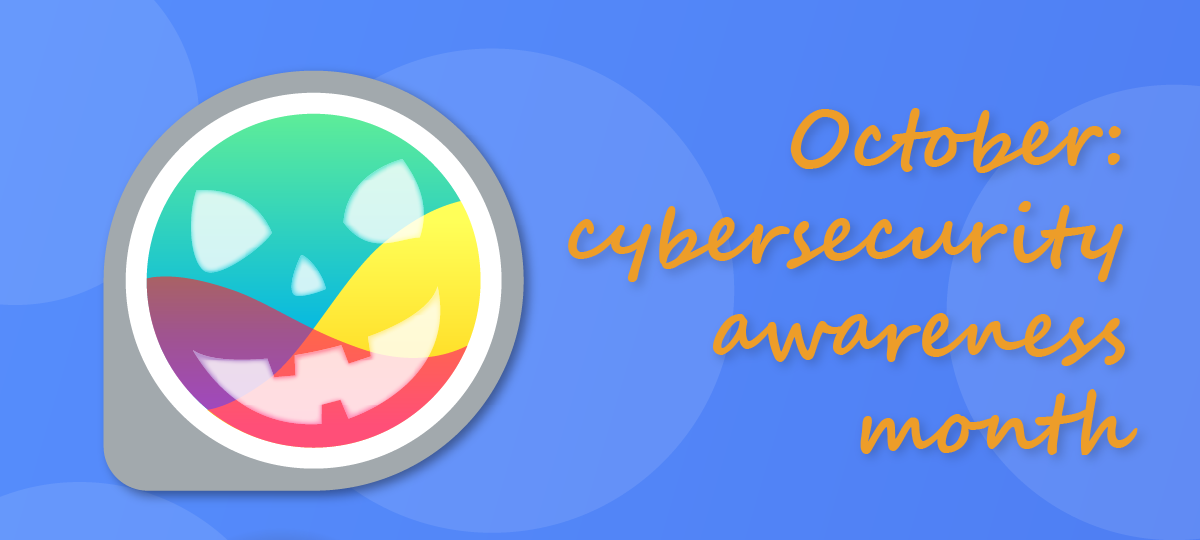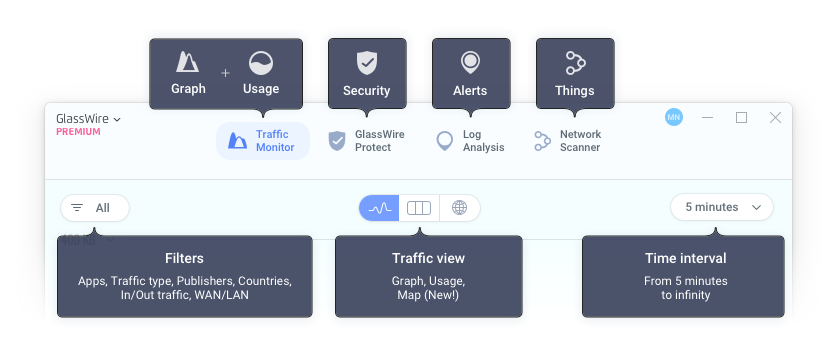
Trying to keep a network safe can make anyone feel out of their depth. Not only are you fighting anonymous hackers and mysterious bad actors, but you also probably don’t know where to start. After all, modern networks contain dozens of devices, and their workings aren’t always clear.
One smart move is to focus on your endpoints. These are the devices that tie your network to the outside world. They can connect to other private networks, the Internet, and the IoT, so they’re natural gatekeepers. Here’s how GlassWire’s features can help you analyze endpoint traffic, control what comes through, and stay safer.
GlassWire Is a Powerful Firewall
Firewall: A tool that controls the passage of digital traffic (transmitted data).
GlassWire’s arsenal builds on a robust integrated firewall that keeps you in command. You can think of it as a digital barrier for your network. Before traffic enters — or exits — GlassWire scrutinizes the data, blocking suspicious communications before they do harm.
Firewalls are invaluable allies in the battle to safeguard networks and users. They prevent unauthorized access and make it easier to spot potential threats. Using GlassWire is the proactive way to handle defense, fortifying your endpoints for enhanced network control.
GlassWire’s Most Useful Endpoint Protection Features
GlassWire includes multiple features to help you manage your endpoints:
Great Bandwidth Usage Monitor
Bandwidth: A measure of data transfer.
Bandwidth is a limited resource. Your networks can only send or receive so much info at once. When you start running out, you’ll notice a loss of speed and a dip in quality.
GlassWire’s intuitive bandwidth usage monitor keeps you on top of things before you get bogged down. You can easily identify data-hungry applications, see usage unfold in real time, or pinpoint traffic by geographic location. You can also take charge of your ongoing internet consumption by monitoring over longer time frames. As a result, unexpected bandwidth gluttons never get a chance to slow down your experience.
Internet Privacy Protection
When you visit a website, your computer connects to multiple servers. The same goes for apps. All those images, videos, code snippets, and other content have to come from somewhere.
This can be a huge privacy risk, and so can the fact that many sites track your every move.
Fortunately, GlassWire’s internet privacy protection has your back. It lets you shield sensitive information from prying eyes by controlling which applications can access the outside world. You also receive alerts telling you when applications access the internet and which servers they connect to. You should never feel left in the dark about privacy. GlassWire keeps you better informed — so that you know what to block in the firewall settings later!
Interactive World Map
The internet is a truly global phenomenon. But that doesn’t mean you should accept connections from just any corner of the world.
Having a visual perspective of your network’s activity can help suspicious activity pop right out. GlassWire’s interactive world map lays everything out on a global scale. You can instantly identify unusual connection patterns or unexpected overseas interactions.
The live world map view transforms complex data into an accessible and actionable format. It’s ideal for stopping problems in their tracks.
Visual Network Monitoring
Global connections aren’t the only things you can benefit from watching. In fact, what happens within your network is just as important — and potentially confusing.
GlassWire’s visual network monitoring brings clarity to your security oversight. It offers a comprehensive snapshot of your network’s health in an understandable graph-based package.
With visual network monitoring, you can observe data flows, uncover troublesome apps, and know exactly when traffic patterns change. These real-time insights even let you break down activity by category, country, application, and host for fine-tuned protection.
GlassWire Score and Anomaly Detection
Cybersecurity is a huge topic. If you’re not an IT professional — or even if you are — it may be hard to understand what it all means.
Don’t feel bad. Instead, take advantage of the GlassWire Score and anomaly detection:
- The GlassWire score translates each program’s overall security rating to a simple numerical value. It gives you an at-a-glance understanding of whether you should use certain apps.
- Anomaly detection does the investigating for you. Why waste time hunting down suspicious changes yourself when this feature alerts you to potential problems on the spot?
Conclusion
No one tool can do everything. Network safety requires a combination of the right hardware, capable software, and smart usage practices.
In conclusion, GlassWire lets you unify your security efforts and take a stronger stance against incursions. Its smart analytics help you make sense of complex data and choose the best response. The system’s configurable settings and customizable interface ensure you always have the right information at the right moments — no more getting caught off guard.
Want to learn more about protecting your endpoints? Check out some of the other great features, or try GlassWire for free.
























